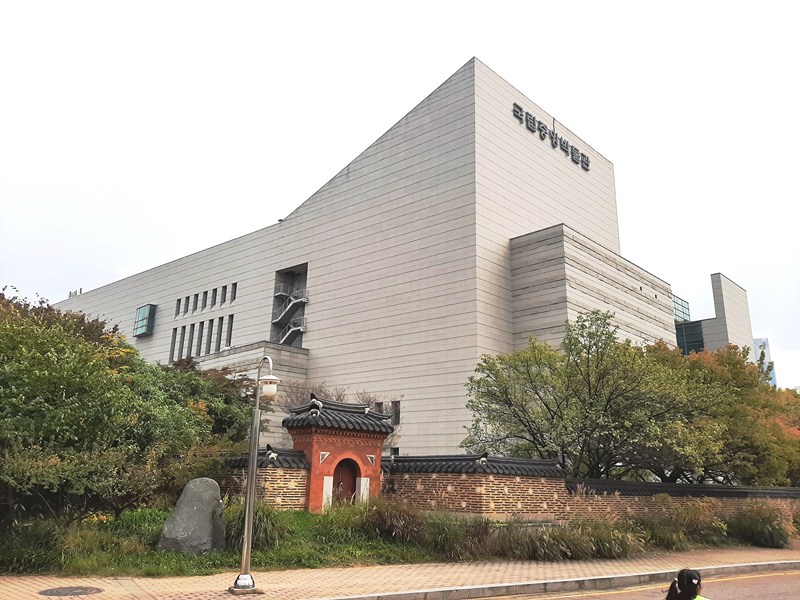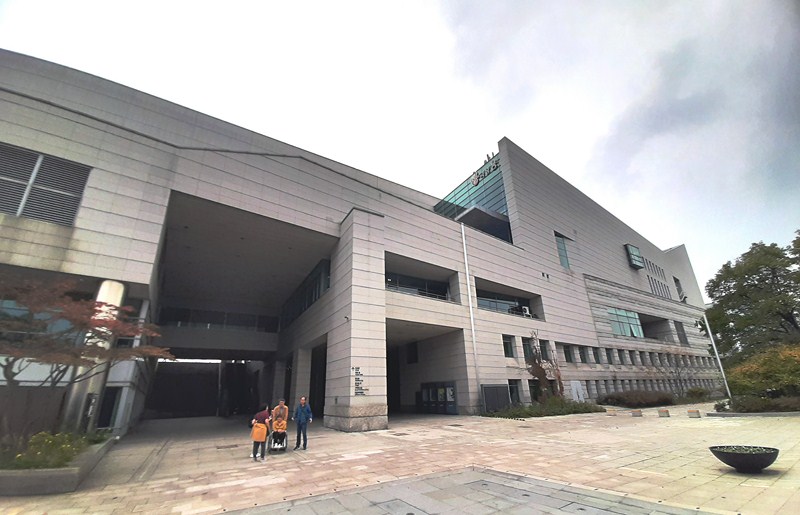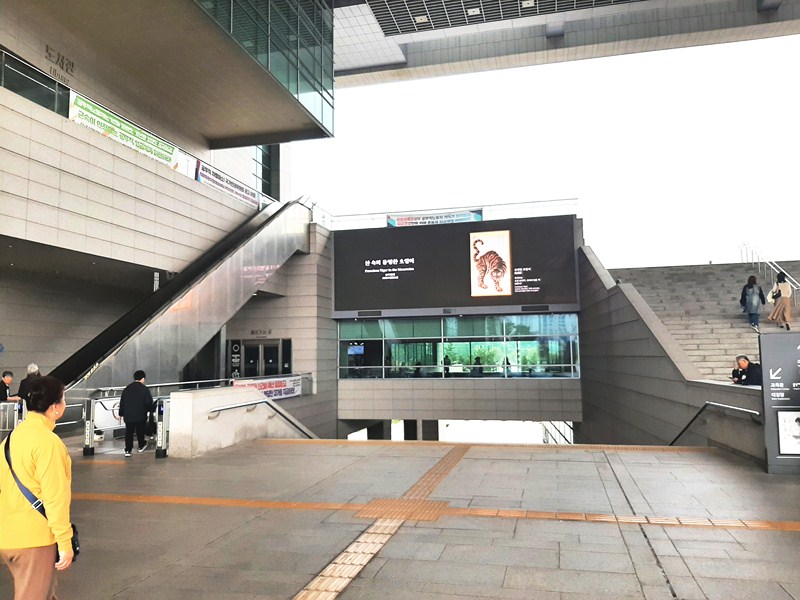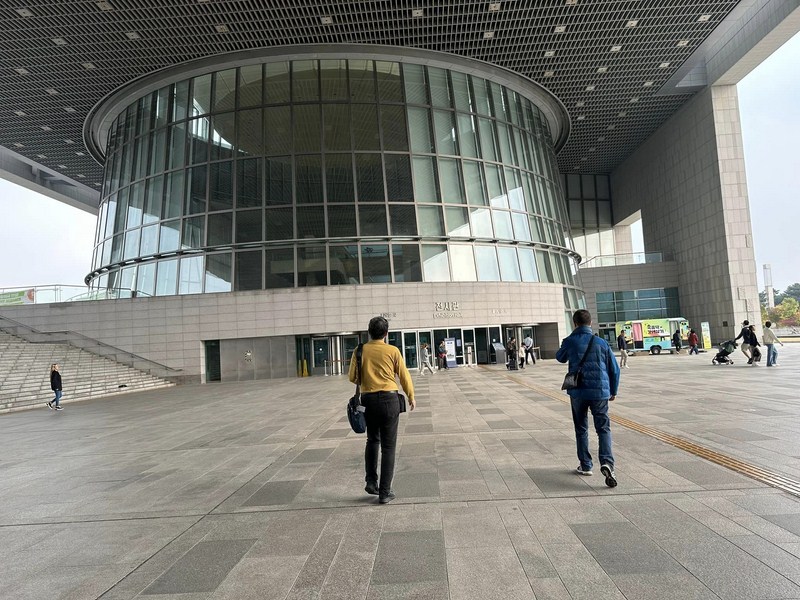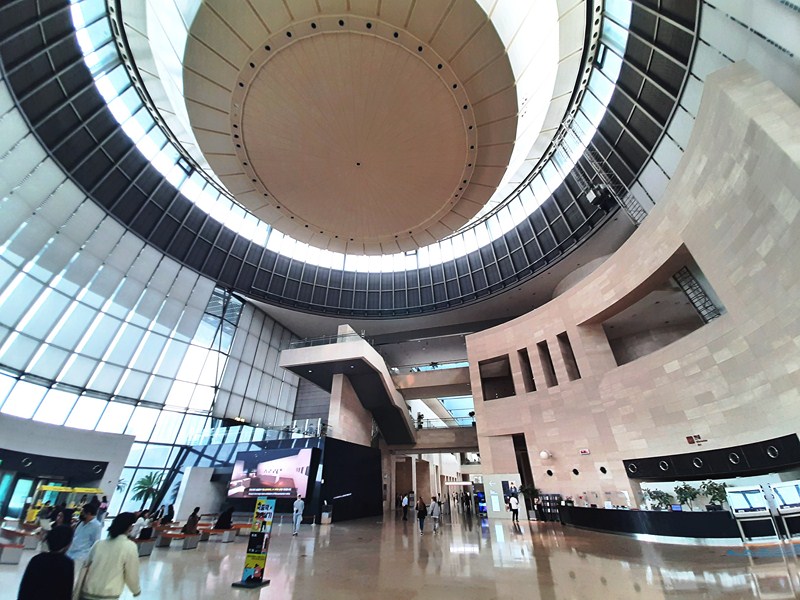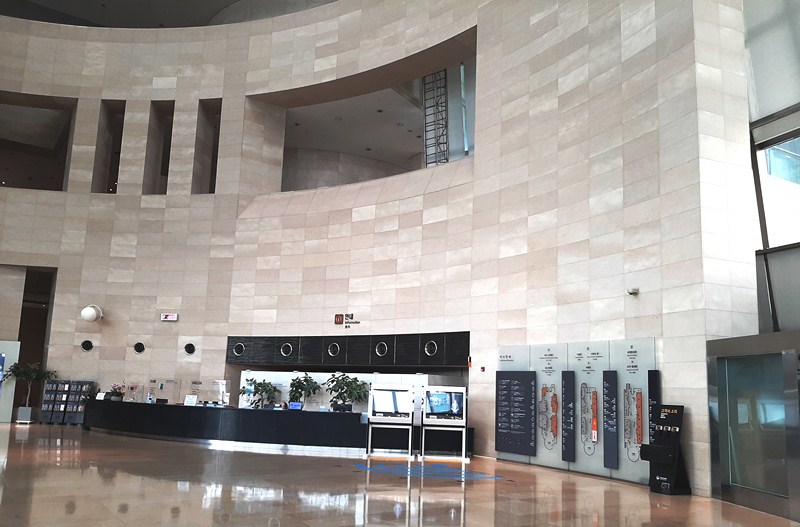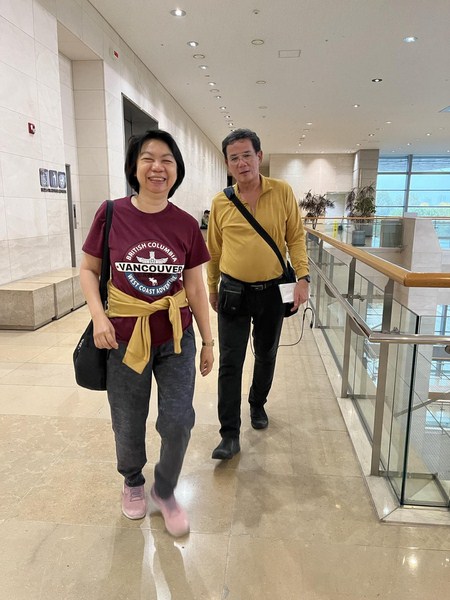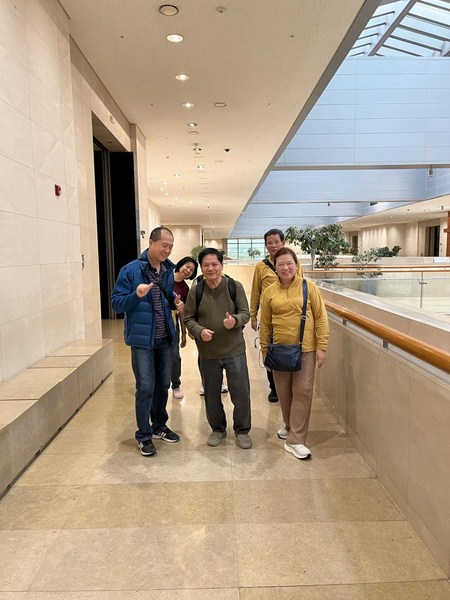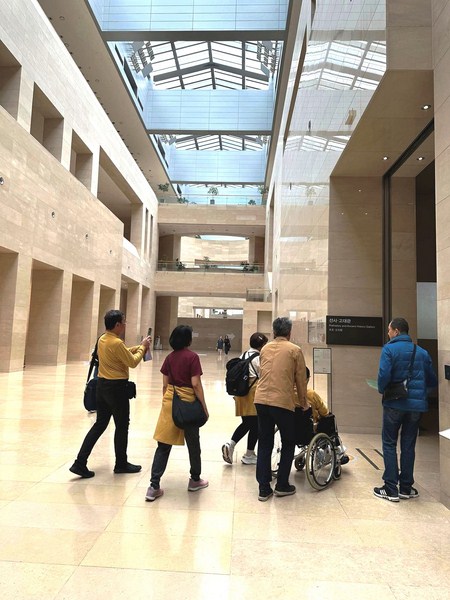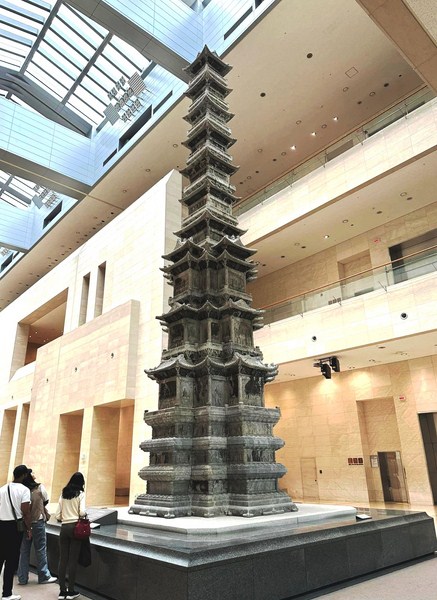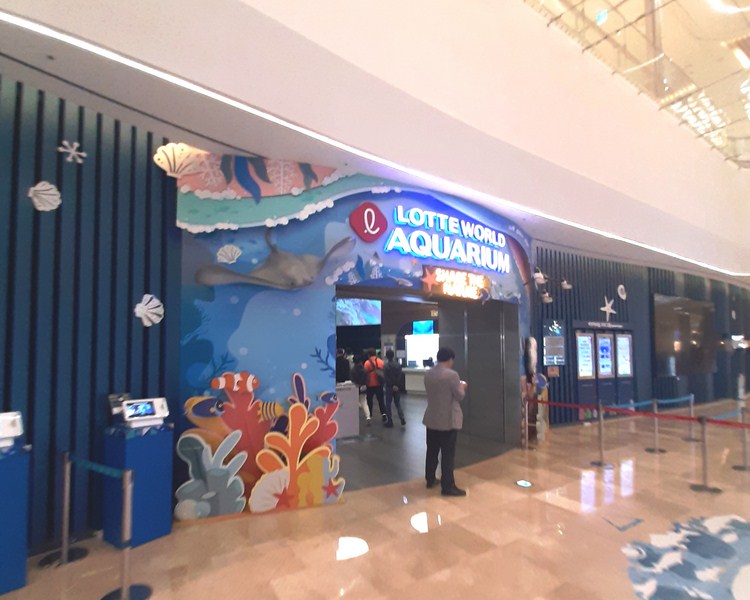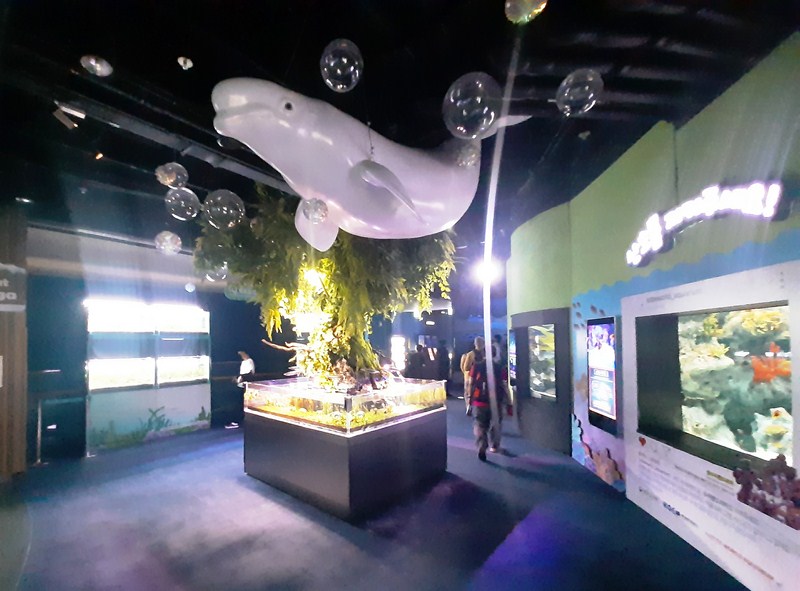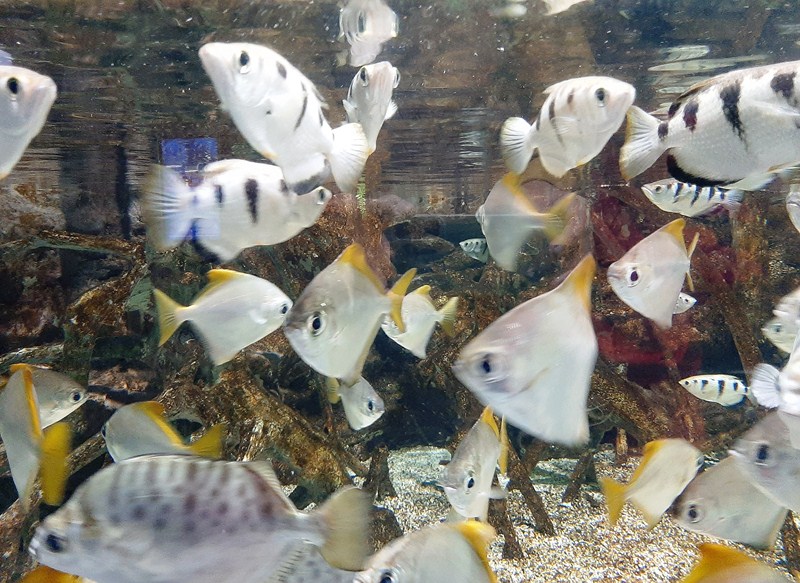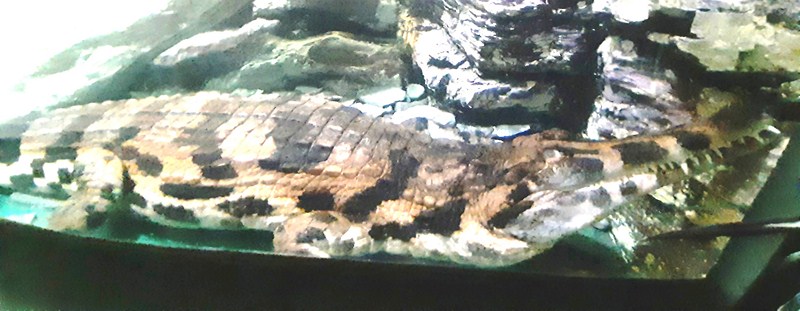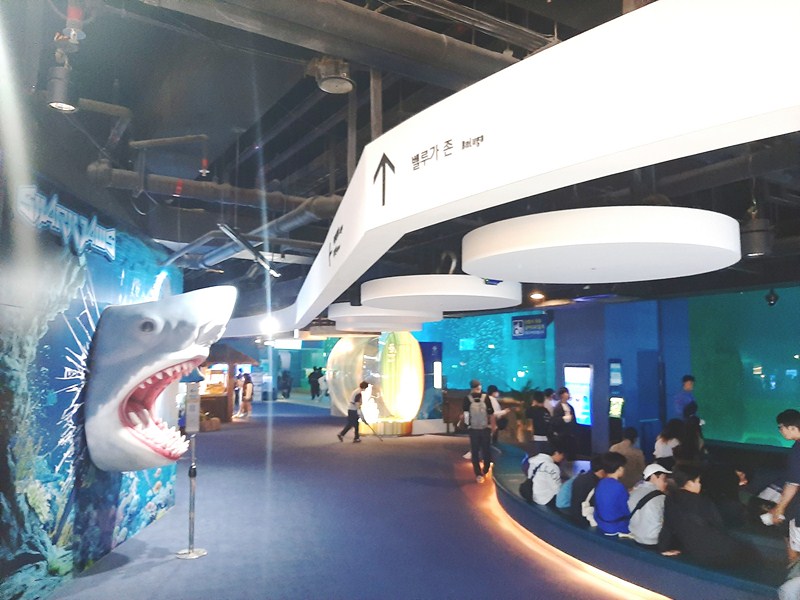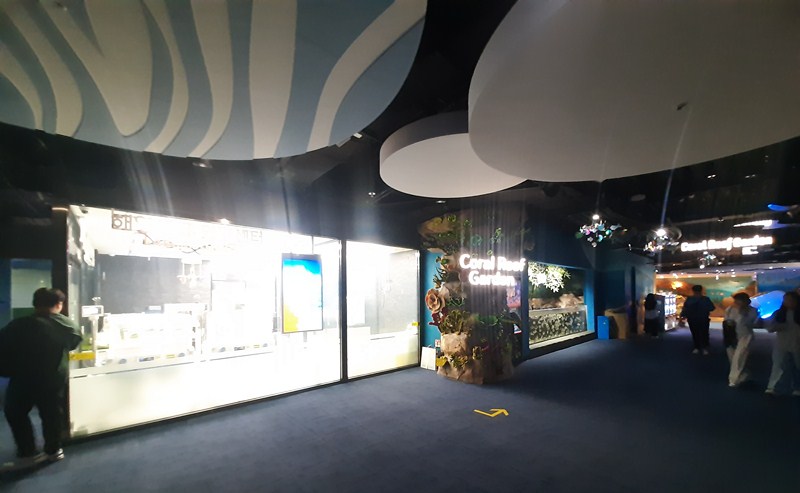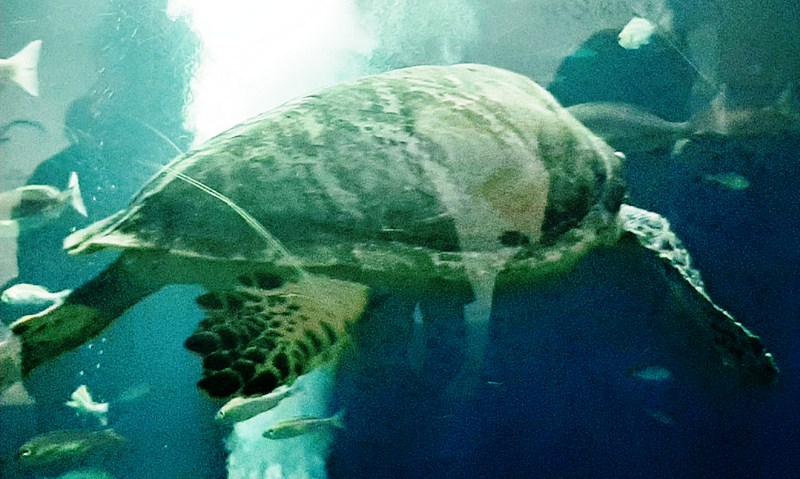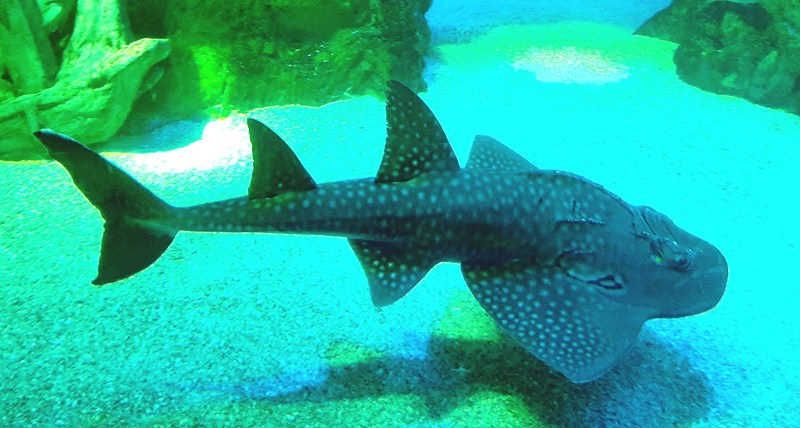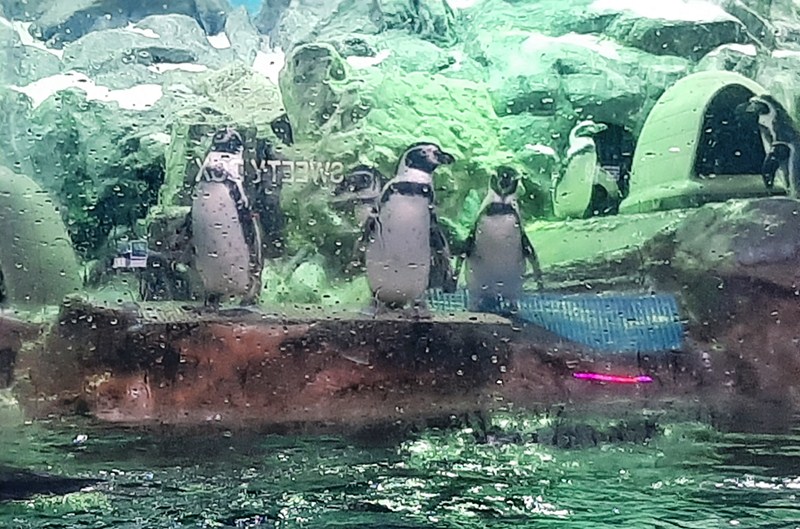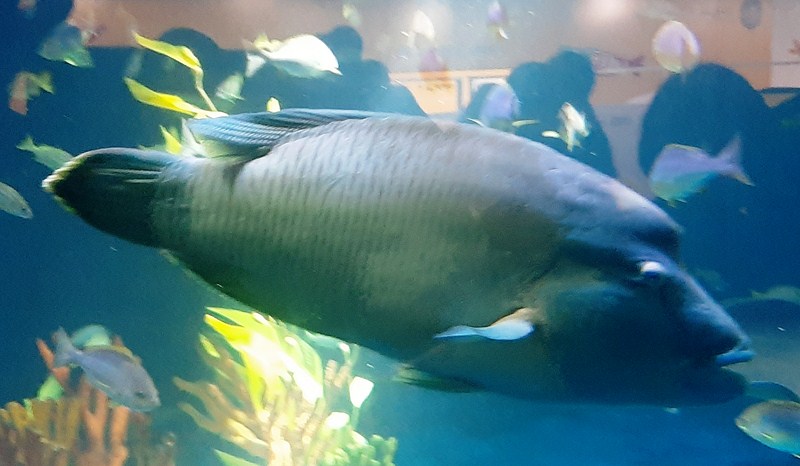Part of Cebu Blue Ocean Academy-sponsored South Korea tour
After lunch at Korea House Restaurant at Lotte Tower Mall, we all boarded our van for the 10.6-km. (20-min.) drive to the 295,551 sq.m. (3,180,000 sq. ft.). National Museum of Korea, the flagship museum of Korean history and art in South Korea. The largest museum in the country and the sixth largest museum in the world in terms of floor space, the museum has been committed to various studies and research activities in the fields of archaeology, history, and art, continuously developing a variety of exhibitions and education programs.
Here’s the historical timeline of the museum:
- In 1909, Emperor Sunjong established Imperial Household Museum, Korea’s first museum, at Changgyeonggung Palace.
- In 1945, when South Korea regained independence, the collections of the Imperial Household Museum and the Japanese Government General Museum (administered during Japanese rule of Korea) became the nucleus of the National Museum’s collection.
- During the Korean War, to avoid destruction, the museum’s 20,000 pieces were safely moved to Busan.
- After the war, when the museum returned to Seoul, it was housed at both Gyeongbokgung Palace and Deoksugung Palace.
- On July 19, 1972, the museum moved again to a new building on the grounds of the Gyeonbokgung Palace.
- In 1986, the museum was moved again to the Jungangcheong, the former Japanese General Government Building, where it was housed (with some controversy and criticism) until the building’s demolition in 1995.
- In December 1996, the museum was opened to the public in temporary accommodations in the renovated Social Education Hall.
- On October 28, 2005, the museum was officially reopened in its grand new building in Yongsan Family Park in the Yongsan Districtin Seoul.
- On June 24, 2021, in celebration of the museum’s 20th anniversary, the National Museum of Korea opened a new branch in the boarding area of Incheon International Airport, in front of Gate No.22.
The museum is situated on what used to be a golf course that was part of the Yongsan Garrison, the central command of the United States Forces stationed in Korea. In 1992, the US Army returned a part of the land to the Korean government, which went on to become the Yongsan Family Park. In, 1993, the plans for the museum inside the park but its opening was delayed repeatedly by a helipad, which was eventually relocated in 2005 by agreement.
Designed by Chang-Il Kim of Junglim Architects, this museum is divided into three floors with the left part symbolically supposed to represent the past, while the right side represents the future. The museum contains over 310,000 pieces in its collection with about 15,000 pieces on display at one time. It displays relics and artifacts throughout six permanent exhibition galleries such as Prehistory and Ancient History Gallery, Medieval and Early Modern History Gallery, Donation Gallery, Calligraphy and Painting Gallery, Asian Art Gallery, and Sculpture and Crafts Gallery.
As of June 2012, the museum houses 67 national treasures, 131 general treasures and four folklore assets.
The museum is made from fire-resistant materials and, in order to protect the artifacts inside, the main building was built to withstand a magnitude 6.0 Richter Scale earthquake and the display cases are equipped with shock-absorbent platforms. There is also an imported natural lighting system which utilizes sunlight instead of artificial lights and a specially designed air-conditioning system.
The vast steel frame and reinforced concrete building has a fine stone interior that interacts with the water element in front (Mirror Pond and the scenery of Namsan Mountain behind. The ground floor also contains parks; an outdoor stone garden with indigenous plants; waterfalls and pools; and traditional dye botanical garden are harmoniously arranged in the green space of the museum to create an elegant cultural space. There’s also a collection of pagodas, stupas, lanterns, and steles including National Treasure of Korea No. 2, the Great Bell of Bosingak, the exemplar of Korean bells of the Joseon period.
The museum also has special exhibition halls, education facilities, a children’s museum, huge outdoor exhibition areas, restaurants, cafes, and shops. The Open Plaza, designed to evoke the image of a maru (wooden floor), an architectural element unique to Korea, serves as a gateway to every point in the museum, including the exhibition halls and performance facilities. It also naturally connects with the neighboring Yongsan Family Park through Mirror Pond, Mir Falls, and Barong Tree Pond.
Prominently displayed at the lobby is the “Gyeongcheonsa Ten-Story Pagoda” from Gyeongcheonsa Temple (National Treasure of Korea No. 86), the first known Korean stone pagoda to be made of marble (most were made from granite). Originally erected at the monastery Gyeongcheonsa (at the foot of Mt. Buso in Gwangdeok-myeon, Gaepung-gun, Gyenggi-do Province) in the fourth year (1348) of King Chungmok of Goryeo, it was illegally smuggled, from its original site, to Japan in 1907 by by Tanaka Mitsuaki, the Japanese Minister of Imperial Household Affairs but, in 1918, was eventually recovered with the help of two Western journalists, Ernest T. Bethell from England and Homer Hulbert from America, who launched an international press campaign denouncing the theft.
In 1960, it was reconstructed and restored at Gyoengbokgung Palace but, because of acid rain and weathering, proved difficult to conserve. So, in 1995, it was dismantled again to repair serious damage. After an exhaustive conservation treatment project that took ten years, the restored pagoda was reconstructed at its current location inside in the National Museum of Korea’s ‘Path to History’ when the museum reopened in 2005.
This pagoda, extraordinary in terms of its form, is much more complex than most other pagodas. Its shape is very unusual, with a three-tier base, a complex polygonal shape for the lower part (from the first to the third tier), and a square upper part.
The base and the main body are elaborately decorated with carvings of Buddhas, bodhisattvas, and floral designs. On the body of the first storey is an engraved inscriptio, stating that the pagoda was built in 1348 (4th year of Goryeo King Chungmok). The eaves of the roof stones reflect the influence of Goryeo wooden architecture.
National Museum of Korea: 137, Seobinggo-ro, Yongsan-gu, Seoul 04383, South Korea. Tel : +82-2-2077-9000. Open Mondays, Tuesdays, Thursdays, Fridays and Sundays, 10 AM – 6 PM., Wednesdays and Saturdays, 10 AM – 9 PM. Entry closes 30 minutes before the closing time. Closed on New Year’s Day, Seollal (Lunar New Year’s Day and Chuseok (Korean Thanksgiving Day. Admission free but charges apply for special exhibitions. Website: www.museum.go.kr. Coordinates: 37°31′26″N 126°58′49″E.
How to Get There: By subway, take Line 4 or the Gyeongui-Joungang Line (Munsan-Yongmun) to Ichon Station. Go out Exit 2 and walk 150 m. toward Yongsan Family Park. Information on elevator: An elevator is located in the direction of Exit 1 and Exit 2 of Ichon Station.
Cebu Blue Ocean Academy: Building 5, EGI Hotel and Resort, M.L. Quezon National Highway, Looc, Maribago, Lapu-Lapu City, Cebu 6015, Philippines. Tel: (032) 888-9868. E-mail: pinesbaguio@gmail.com. Website: www.cebublueocean.com. Baguio City (Benguet) Sister School: Pines International Academy, Romel Mansion, 3 Ignacio Villamor St., Brgy. Lualhati, Baguio City, Benguet, Philippines. Tel: 1 754-255-9818. E-mail: pinesbaguio@gmail.com. Website: www.pinesacademy.com.

